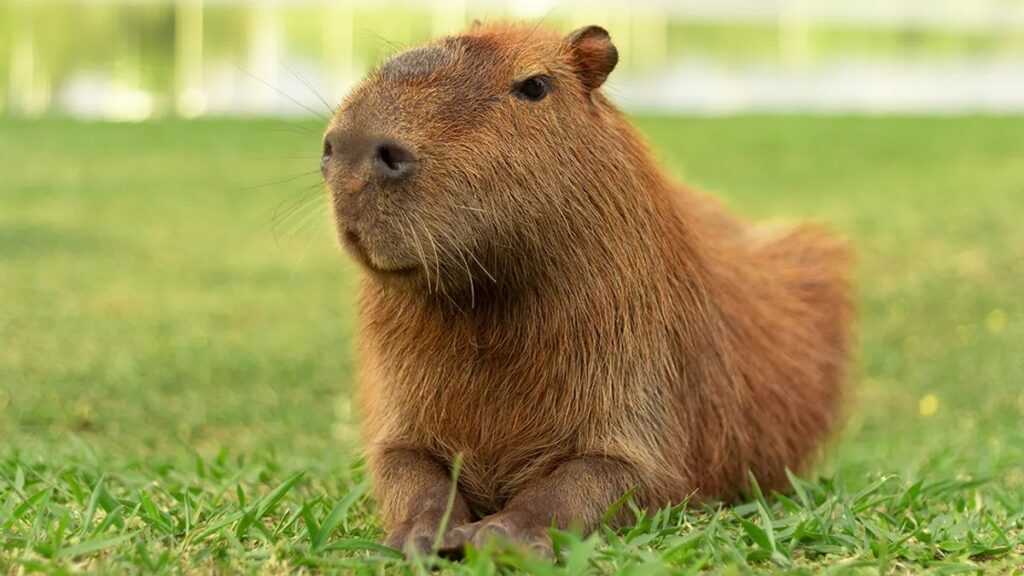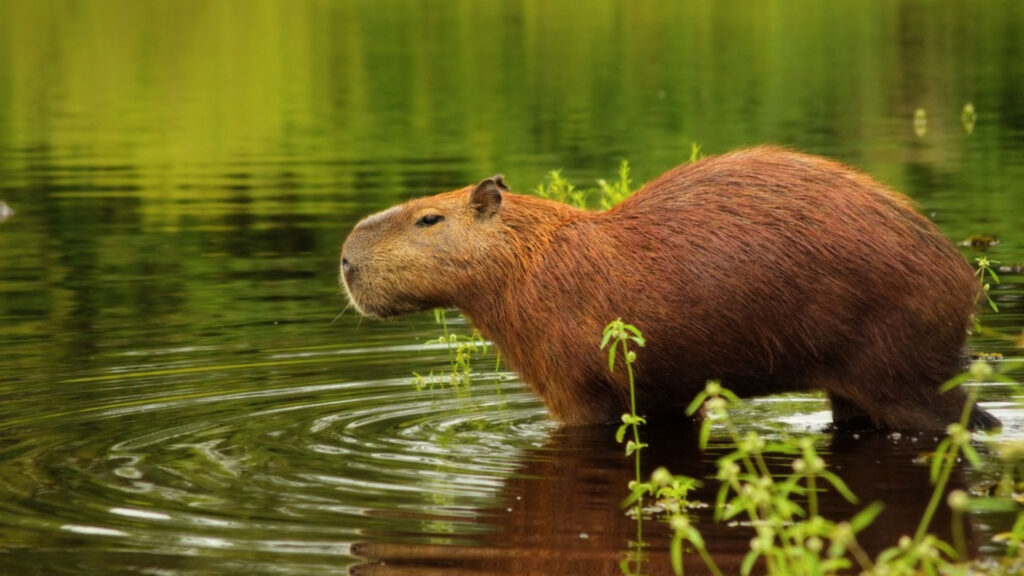
For hundreds of years, the Vatican has classed capybaras as fish, a decision that has fascinated many people. Despite their appearance, these giant, hairy creatures are not fish, but rather rodents belonging to the cavy family. So, how did capybaras get classified as fish, and what is the reason behind it?
The answer lies in the history of Lent, a period commemorating when Jesus spent 40 days in the desert, according to the Bible. During the middle ages, eating the meat of certain animals was not allowed during Lent. The rule, however, was not about mammals and birds versus fish, but about land versus water. Therefore, aquatic animals, such as fish, could be eaten during Lent, while land animals could not.

After the colonization of the Americas by European settlers, clergymen in Venezuela faced a dilemma. They had discovered a new creature that had webbed feet and tasted fishy, but it was not a fish. They wrote to the Vatican to ask if this new animal could be classified as a fish, so that they could continue to eat it during Lent. The Vatican granted their request in 1784, and the capybara was given the status of fish.
The decision of the Vatican to classify capybaras as fish was not for their protection, unlike when California declared bees as fish last year. Instead, it was a rule-bending decision to allow Christians to eat the meat of this animal during Lent. This classification was a relief for the people of Venezuela, who had grown to love the taste of capybara meat, and didn’t want to give it up during Lent.

Despite their classification as fish, capybaras are very much not fish. They are the world’s largest rodents and are native to South America. They have a fascinating physiology that makes them excellent swimmers. They can hold their breath underwater for around five minutes, and often take naps in water or along riverbanks to stay cool. Their webbed feet and streamlined facial features help them swim quickly away from potential predators underwater.
The classification of capybaras as fish is not unique. Beavers also fall into the category of “things that aren’t fish which the Vatican calls fish,” and they can be eaten all year round by Catholics. This decision has led to many discussions and debates, with some people finding it strange that these animals are classified as fish.

In conclusion, the classification of capybaras as fish is a fascinating example of how rules can be bent to accommodate cultural and religious practices. While it may seem strange to classify a rodent as a fish, it was a decision made hundreds of years ago to allow Christians to eat the meat of certain animals during Lent. Today, the capybara remains an interesting and unique animal, and its classification as a fish only adds to its charm.

Leave a Reply